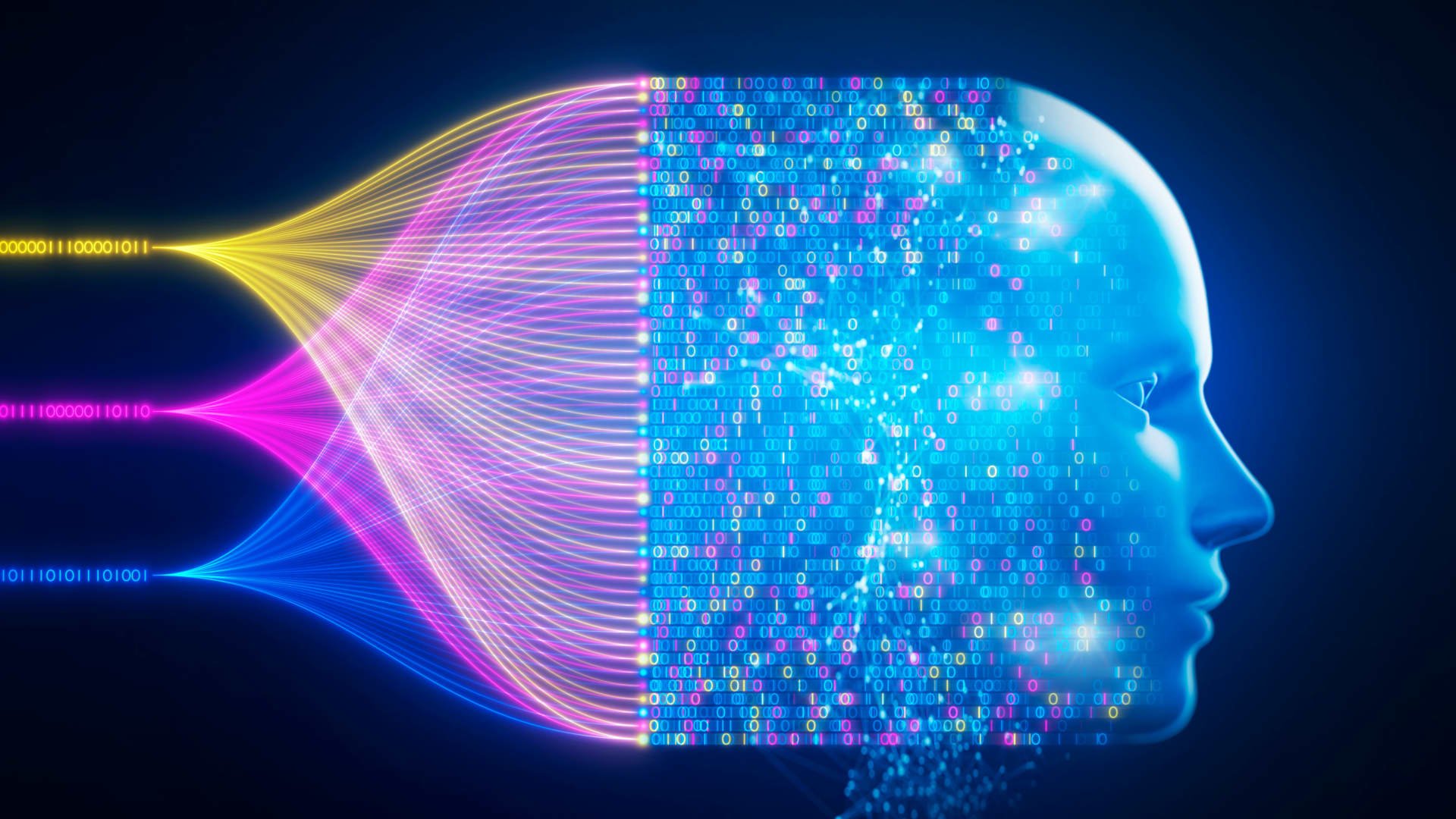AI Undress: The Controversial Tech That Sparks Ethical Debates And Privacy Concerns
Welcome to the world of AI undress, where technology meets ethics and privacy in ways you might not expect. Have you ever wondered about the capabilities of AI in manipulating digital images? AI undress is a term that has gained significant attention in recent years, and for all the wrong reasons. This tech allows users to remove clothing from images using artificial intelligence, sparking debates about consent, privacy, and the misuse of technology.
It's not just about the tech itself; it's about how it's being used. As we dive deeper into this topic, we’ll explore the implications, the controversies, and the ethical dilemmas surrounding AI undress. This isn’t just a tech issue—it’s a societal one that affects everyone, whether you’re aware of it or not.
But before we jump into the nitty-gritty, let’s clear something up: this article isn’t here to promote or condone the use of AI undress. Instead, we’re here to inform you, the reader, about its existence, its potential dangers, and how you can protect yourself in an increasingly digital world. So buckle up, because we’re about to uncover some uncomfortable truths.
- Unlocking The Truth Behind 69 Mature A Comprehensive Guide
- Layered Hairstyles Wash And Go Hairstyles For Over 50 The Ultimate Guide
What Exactly is AI Undress?
AI undress is a type of software or algorithm that uses artificial intelligence to digitally remove clothing from images. It’s powered by machine learning models trained on vast datasets of images, allowing it to predict and generate realistic depictions of people without clothing. Sounds like something out of a sci-fi movie, right? Well, it’s very much real—and very much controversial.
This technology isn’t new, but its accessibility has increased dramatically over the years. What started as a tool used by researchers and developers for legitimate purposes, such as improving image editing software, has now been misused by individuals with malicious intent. The result? A surge in non-consensual image manipulation that raises serious ethical and legal questions.
Here’s the kicker: AI undress isn’t just about removing clothes. It’s about the potential for abuse, the violation of personal boundaries, and the erosion of trust in digital spaces. And as more people gain access to these tools, the risks only grow bigger.
- Hairstyles For Ladies With Glasses A Stylish Guide To Enhance Your Look
- 10 Types Of Haircuts For Female That Will Transform Your Look In 2023
Why is AI Undress So Controversial?
Let’s break it down. AI undress is controversial for several reasons, but the biggest one is consent. When someone uses this tech to manipulate an image of another person without their permission, it’s a clear violation of their rights. Imagine waking up one day to find your face on a website or social media platform in a completely fabricated scenario. Creepy, right?
Then there’s the issue of privacy. In a world where we share so much of our lives online, the thought of someone using AI to exploit our images is downright terrifying. It’s not just celebrities or public figures who are at risk—anyone can fall victim to this kind of digital manipulation.
And let’s not forget the broader societal implications. AI undress perpetuates harmful stereotypes, fuels online harassment, and undermines trust in digital content. It’s no wonder that lawmakers, tech companies, and advocacy groups are scrambling to address these issues before they spiral out of control.
Who is Using AI Undress?
Surprisingly, it’s not just tech-savvy hackers or cybercriminals who are using AI undress. Regular people—some with no prior coding experience—are getting their hands on these tools and using them for personal gain or entertainment. Platforms like GitHub and other open-source repositories have made it easier than ever for anyone to access AI undress software.
But here’s the thing: just because you can do something doesn’t mean you should. The ease of access to these tools has led to a rise in non-consensual image sharing, often referred to as “revenge porn.” Victims of this abuse often suffer from emotional distress, reputational damage, and even financial losses.
So who’s responsible for stopping this? Is it the developers who create the tech, the platforms that host it, or the individuals who misuse it? The answer isn’t as simple as you might think.
The Ethical Dilemmas Surrounding AI Undress
When it comes to AI undress, the ethical dilemmas are as complex as they are troubling. On one hand, the technology itself isn’t inherently bad—it’s the way it’s being used that raises red flags. Developers argue that AI undress has legitimate applications, such as in the entertainment industry or for artistic purposes. But where do we draw the line between creativity and exploitation?
Then there’s the question of accountability. Who’s responsible when something goes wrong? Should developers be held liable for how their tools are used, or is it up to individuals to exercise moral judgment? These are tough questions with no easy answers.
What about the impact on society as a whole? AI undress contributes to a culture of distrust, where people are hesitant to believe what they see online. It also reinforces harmful gender norms and objectifies individuals, particularly women, in ways that can be damaging both personally and socially.
How Does AI Undress Work?
Let’s get technical for a moment. AI undress works by using deep learning algorithms to analyze and manipulate images. These algorithms are trained on large datasets of photos, allowing them to learn patterns and make predictions about how a person would look without clothing. The process involves several steps:
- Image analysis: The algorithm examines the input image to identify key features, such as facial structure and body shape.
- Data processing: The system uses machine learning models to generate a realistic depiction of the person without clothing.
- Output generation: The final image is created, often with surprising accuracy.
While the technology itself is impressive, it’s the potential for misuse that makes it so concerning. The fact that AI undress can be used to create highly realistic images makes it even more dangerous, as victims may struggle to prove that the images are fabricated.
Legal Implications of AI Undress
So, is AI undress legal? The answer depends on where you live and how the technology is being used. In many countries, non-consensual image sharing is considered a criminal offense, but the laws surrounding AI undress specifically are still evolving. Some jurisdictions have taken steps to address the issue by introducing legislation that targets the creation and distribution of manipulated images.
However, enforcing these laws can be challenging. The anonymity of the internet makes it difficult to track down offenders, and the global nature of the web means that legal boundaries often blur. As a result, many victims of AI undress are left with few options for recourse.
That’s not to say that nothing is being done. Advocacy groups, tech companies, and governments are working together to develop solutions that balance innovation with accountability. But progress is slow, and the pace of technological advancement often outstrips the ability of lawmakers to keep up.
What Can You Do to Protect Yourself?
If you’re worried about becoming a victim of AI undress, there are steps you can take to protect yourself. Here are a few tips:
- Be cautious about sharing personal photos online, especially in private messaging apps.
- Use strong, unique passwords for all your accounts and enable two-factor authentication whenever possible.
- Regularly monitor your online presence and report any unauthorized use of your images to the relevant authorities.
- Stay informed about the latest developments in AI undress and other forms of digital manipulation.
While there’s no foolproof way to prevent AI undress, taking these precautions can help reduce your risk. And if you do become a victim, don’t hesitate to seek support from trusted friends, family, or professionals.
Impact on Victims: The Human Side of AI Undress
It’s easy to get caught up in the technical aspects of AI undress, but it’s important to remember the human cost. Victims of this technology often experience a range of emotions, from shock and disbelief to anger and despair. The psychological impact can be devastating, leading to anxiety, depression, and even post-traumatic stress disorder (PTSD).
But it’s not just about the emotional toll. Victims may also face social stigma, professional repercussions, and financial losses as a result of AI undress. In some cases, the damage can be irreversible, leaving victims feeling powerless and vulnerable.
That’s why it’s crucial to support victims and advocate for stronger protections against digital abuse. By raising awareness and pushing for change, we can create a safer, more equitable digital world for everyone.
Real-Life Examples of AI Undress Abuse
To understand the real-world impact of AI undress, let’s look at a few examples:
- In 2019, a deepfake video of a celebrity went viral, sparking outrage and calls for stricter regulations on AI-generated content.
- Earlier this year, a university student discovered that her photo had been used in an AI undress project without her consent, leading to widespread condemnation of the practice.
- Countless individuals have reported finding fabricated images of themselves online, often with little recourse for removing them.
These stories highlight the urgent need for action. Without meaningful intervention, the problem is only going to get worse.
The Role of Tech Companies in Addressing AI Undress
Tech companies have a crucial role to play in combating AI undress. By implementing stricter guidelines and enforcement mechanisms, they can help prevent the misuse of their platforms. Some companies have already taken steps in the right direction, such as banning deepfake content and introducing tools to detect manipulated images.
However, there’s still a long way to go. Many platforms struggle to balance free expression with the need to protect users from harm. Striking this balance requires ongoing collaboration between tech companies, policymakers, and the public.
Ultimately, the responsibility doesn’t fall solely on tech companies. Everyone has a part to play in creating a safer digital environment. Whether you’re a developer, a user, or a bystander, your actions can make a difference.
What’s Next for AI Undress?
The future of AI undress is uncertain, but one thing is clear: the technology isn’t going away anytime soon. As AI continues to evolve, so too will its applications—and its potential for misuse. The key lies in finding ways to harness the power of AI while minimizing its risks.
This means investing in research and development that prioritizes ethical considerations, as well as fostering greater public awareness about the dangers of AI undress. It also means holding individuals and organizations accountable for their actions and ensuring that victims have access to the resources they need to heal and recover.
Will we ever fully solve the problem of AI undress? Maybe not. But by working together, we can create a digital landscape that values consent, privacy, and respect above all else.
Conclusion: Taking Action Against AI Undress
As we’ve seen, AI undress is a complex issue with far-reaching implications. It challenges our understanding of consent, privacy, and trust in the digital age. While the technology itself is neutral, its misuse has the potential to cause significant harm.
The good news is that there are steps we can take to combat AI undress and protect ourselves and others from its effects. By staying informed, advocating for change, and supporting victims, we can make a difference in the fight against digital abuse.
So what’s next? We encourage you to share this article with your friends and family, start conversations about AI undress, and take action to create a safer digital world. Together, we can turn the tide against this harmful technology.
Table of Contents
- What Exactly is AI Undress?
- Why is AI Undress So Controversial?
- The Ethical Dilemmas Surrounding AI Undress
- How Does AI Undress Work?
- Legal Implications of AI Undress
- What Can You Do to Protect Yourself?
- Impact on Victims: The Human Side of AI Undress
- Real-Life Examples of AI Undress Abuse
- The Role of Tech Companies in Addressing AI Undress
- What’s Next for AI Undress?
- Neckline Haircuts For Women The Ultimate Guide To Finding Your Perfect Look
- Hair Designs For Females Unleash Your Inner Style Icon

Free Undress Tool Exploring The Controversy, Technology, And Ethical

Free Undress Tool Exploring The Controversy, Technology, And Ethical

Wall Street may be overlooking this key AI investing area